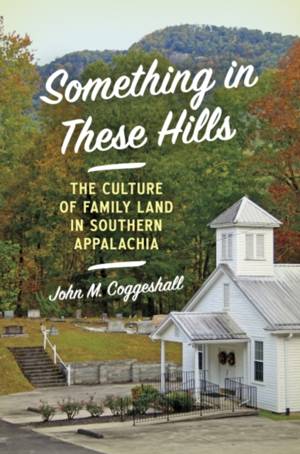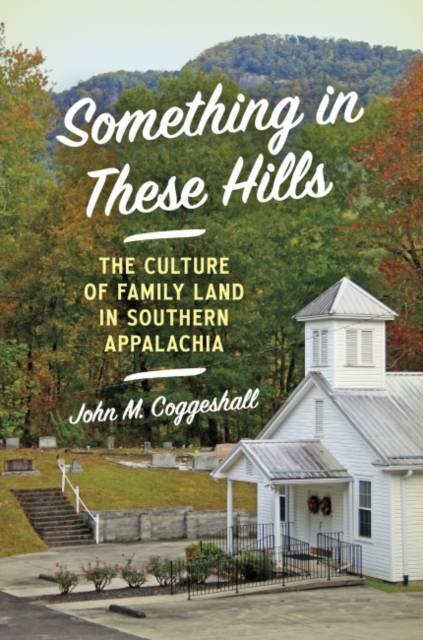
- Afhalen na 1 uur in een winkel met voorraad
- Gratis thuislevering in België vanaf € 30
- Ruim aanbod met 7 miljoen producten
- Afhalen na 1 uur in een winkel met voorraad
- Gratis thuislevering in België vanaf € 30
- Ruim aanbod met 7 miljoen producten
Zoeken
Something in These Hills
The Culture of Family Land in Southern Appalachia
John M Coggeshall
Hardcover | Engels
€ 167,95
+ 335 punten
Uitvoering
Omschrijving
What is the "something in these hills" that ties mountain families to family land in the southern Appalachians? This ethnographic examination challenges contemporary theory and explores two interrelated themes: the duality of the southern Appalachians as both a menacing and majestic landscape and the emotional relationship to family land characteristic of long-term residents of these mountains. To most outsiders, the area conjures images of a beautiful yet dangerous place, typified by the movie Deliverance. To long-term residents, these mountains have a fundamental emotional hold so powerful that many mourn the sale or loss of family land as if it were a deceased relative. How can the same geographical space be both? Using a carefully crafted cultural lens, John M. Coggeshall explains how family land anthropomorphizes, metaphorically becoming another member of kin groups. He establishes that this emotional sense of place existed prior to recent land losses, contrary to some contemporary scholars. Utilizing the voices and perspectives of long-term residents, the book provides readers with a more fundamental understanding of the "something in these hills" that holds people in place.
Specificaties
Betrokkenen
- Auteur(s):
- Uitgeverij:
Inhoud
- Aantal bladzijden:
- 238
- Taal:
- Engels
Eigenschappen
- Productcode (EAN):
- 9781469670249
- Verschijningsdatum:
- 4/10/2022
- Uitvoering:
- Hardcover
- Formaat:
- Genaaid
- Afmetingen:
- 156 mm x 234 mm
- Gewicht:
- 544 g

Alleen bij Standaard Boekhandel
+ 335 punten op je klantenkaart van Standaard Boekhandel
Beoordelingen
We publiceren alleen reviews die voldoen aan de voorwaarden voor reviews. Bekijk onze voorwaarden voor reviews.











